Want to get out there and winter hike? Here’s what you need to do…
Do you have a winter hike or snowshoeing adventure in your future? Counting down to the main event is not the time to be idle while you wait. If a winter outing like that is on your agenda, the real time to start preparing is now. It’s a definite must if you’re going to make it happen and look and feel good doing it. Like counting down to blast-off on some Apollo mission, we’ll start this mission with…
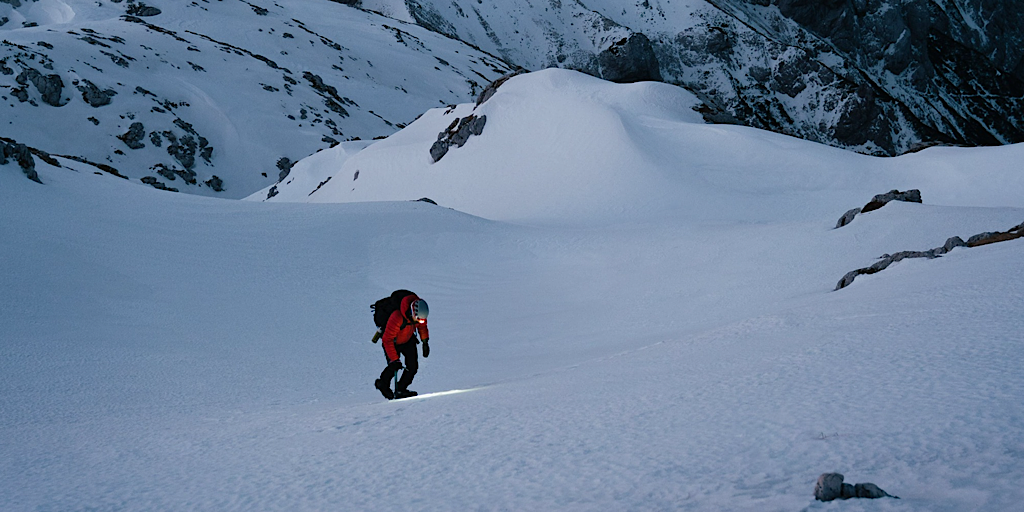
Countdown: T-Minus a Couple Months and Counting
Physical Fitness
Unless you’re very out-of-shape and don’t summer hike at all, a couple months is generally an adequate amount of focused time to prepare for the seasonal transition. A little late season backpacking to adjust to the weight helps. Hiking up mountains like those on the 4000-footers and the 52 With A View lists also helps.
Not only are you aiming to get your hiking legs in hiking condition, winter hiking is sometimes harder as the packs get heavier. That said, staying cool is a little easier and the ground conditions on a snowshoe-packed trail are a big improvement over the three-season hiking trails in the White Mountain National Forest. That said, if you’re the first one out there after a snowstorm, guess how the trail gets packed. Yep, you do it.
To prepare at this stage, the key areas to focus on are aerobic/cardio, and development of your quadriceps and calves. Biking, a stair stepper machine, and a steeply inclined treadmill will all help. When people ask us how to prepare for hiking we suggest hiking. If there are no mountains to hike, however, we suggest they hop on their machine of choice first thing in the morning and stay on it until closing time. Never leaving and stopping only to eat, de-layer as needed, hydrate, and pee in a bottle. People obviously think we’re kidding when we suggest this. But are we?!
Mental Preparation
We salute anyone out there in the winter working on their lists. The dark mornings, the dark nights, sampling the cold air from a warm bed. It takes drive, gumption, a real desire and that part can be the hardest. In those warmer, halcyon months we didn’t have to force ourselves as much. In the winter, though, one has to go further, and in some cases we mean that literally as some of the regular access “fire” roads close.
Winter hiking, getting up, moving, committing, these things can all be hard to do. You have to want it. As as part of your preparation, try to get used to the idea. Find a way to see the upsides of things. Once you get out there, aside from the days when the air hurts your skin, it’s delightful. Pure, silent, and beautiful. Having this insight up-front may help motivate you.
Gear Acquisition and Training
While we subscribe to the use of our 13 Essentials, knowing that the scale of everything increases in the colder months — puffy jackets get fatter and we will carry more layers — the general premise remains the same. That said there are a few specialty items for winter use that are very handy to acquire and train with so their usage is fully understood. Example:
- Light traction like “Microspikes” to name one popular model name.
- Snowshoes… and this is not as negotiable as some make it seem.
- Trekking poles with winter snow baskets (do remove the summer baskets first).
- Face and eye protection such as goggles, glacier glasses, balaclavas, “Facegloves,” etc.
- Gaiters help protect you from crampons (see below) and they also help keep snow out of your boots.
- Extra layers. This is part of our 13 Essentials, but this gets scaled up a lot.
- 200-400 gr. insulated winter footwear, even opting for mountaineering boots if using crampons.
There’s winter technical gear for mountaineering and climbing that is also useful to hikers — the 13th Essential — such as:
- Mountaineering crampons. The real deal so proper training is recommended.
- An ice axe may be needed where long, sliding falls may occur, but they also require training (see above).
- A “whippet” (a trekking pole with an ice axe head) is worthy of your consideration and preferred by some.
- A lot more stuff may fall into this category if stepping out of the hiking realm in favor of climbing.
Diet and Hydration
If you eat poorly, the months leading to your winter hike is your time to change things for the better, forming good habits (optionally continuing this long after the hike is ideal for longevity). We do understand that it’s possible some may not really know how to eat right… which stands to reason as there are so many options out there and labeling can be tricky. We will try to simplify things, as follows:
- Moderation is the key.
- Regardless of whether an item is “bad” or “good” for you, not partaking in the excess consumption of it is a generally safe and solid practice. This is true of food, alcohol, coffee, and so much more. If all the other suggestions we’ll offer are ignored, this single call to action is an extremely important one.
- Try whole foods.
- The more foods are processed, even if the label states nothing but good, natural ingredients, the worse they likely are for you. Stuff can get hidden (like “natural flavors”). Some folks eat processed food for financial reasons but this is a trap. Whole foods aren’t usually very expensive, but they may require more time, effort, and preparation.
- Avoid sugars.
- Sugars are better for you if they are not only consumed in moderation, but also locked away in fiber. A prime example of this is an apple. Not only is the sugar amount not through the roof, apples require time to convert to glucose (human fuel). In case you didn’t know it, the US has a sugar addiction. We love our juices and sodas. Oh, and our white bread.
- Avoid empty carbs.
- A person could eat a cup of sugar and get more of a glucose rush from white bread. Many people don’t understand that these empty carbs are also giving a sugar rush from a super-fast glucose conversion. This is why complex whole grains are so much better. Whole grains, actual fruits, and vegetables, these are a healthy part of your diet.
- Drink like you’re thirsty.
- Humans are like big bags of water. We’re mostly water, in fact. Thus developing a good regimen of hydration is important, and more so as our lift-off gets closer. Some people, due to long drive times, will not only limit alcohol and caffeine, they will force themselves to consume an entire liter bottle of water on the way to the trail. It’s smart.
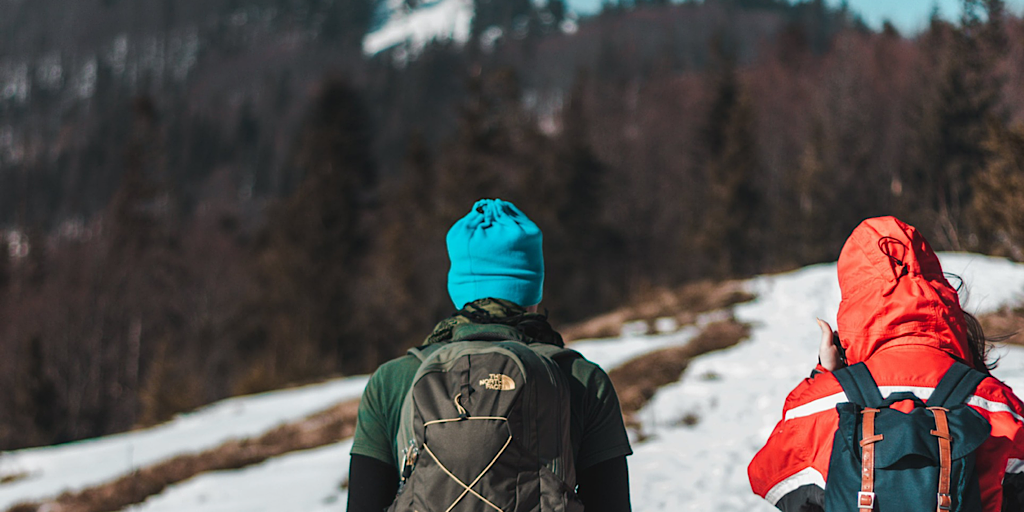
Countdown: T-Minus a Couple Weeks and Counting
Hopefully by this time the past couple months have been good for you. If you did as we suggested you should have better dietary and hydration habits, you might be leaner, and maybe stronger as well. Hiking as winter approaches means you have experienced some of the lesser, early-season challenges. It’s a progression and treating it as such will make the winter experience safer and more enjoyable.
At this time we’re focusing on the event ahead. Hopefully this is done with keen anticipation and not foreboding or regret. Just know that the experience might be “type-two fun” — meaning it might not be fun at all until after the fact when you inexplicably look back at parts of the adventure and inwardly smile, satisfied, and glad you did the deed.
Weather Forecast
At this time we’re also going to start looking at the forecast. At two weeks out it’s pure guesswork but at ten days out you can get an actual extended outlook. Note, however, it is subject to change. Perhaps a lot. That’s not even considering the fact that mountain weather may be completely different than what the extended outlook is giving for an area average. We really start focusing on the weather a week out. Here’s a great tool to use if you want Mt Washington’s seven day outlook for the summit area average. (It’s the world’s worst weather, as they say.)
Avalanche Awareness
Depending on the specific area you’ll be hiking in, some avalanche dangers may be present on some days, even though trail routing intentionally avoids avalanche terrain for the most part. Inasmuch, some level of awareness is recommended. This can be acquired, in our case, through the Mt Washington Avalanche Center (MWAC). Their blog also offers observations pertaining to things like long, sliding fall potential. It’s all helpful. Do note, if you’re a backcountry skier or climber, it’s a good idea to start a season long profile of sorts, logging each precipitation event giving you better insights. This, however, goes way beyond the scope of this article.
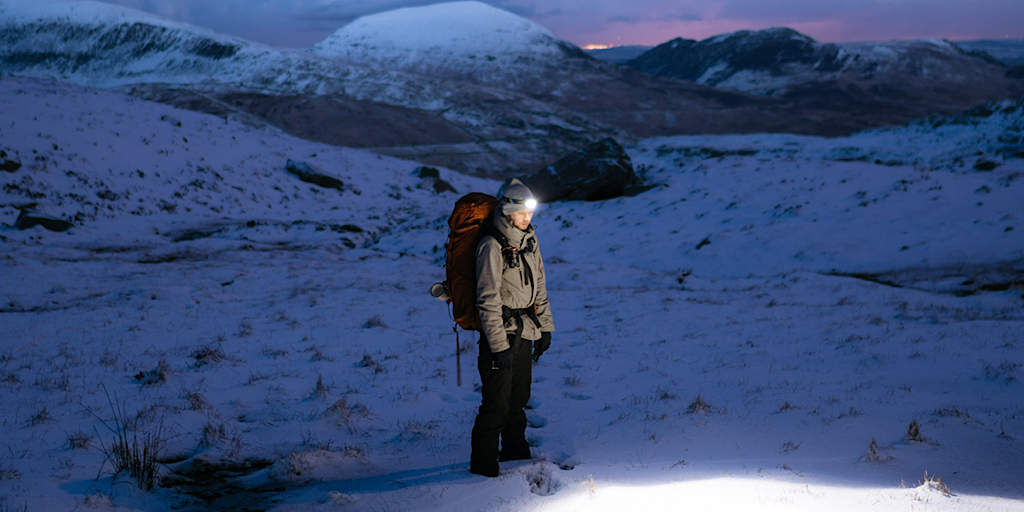
Countdown: T-Minus a Couple Days and Counting
At this point we’re still on that weather kick factoring in all our sources now, thinking avalanche potential, trail conditions, and more. Now, however, the clarity of the information we’re receiving is more refined, more accurate. It’s still subject to change, that being an integral part of mountain weather and what not, but it’s less dart-boardy at this stage. This is around the time go/no-go decisions are being floated. Are we going to soon be headed to the mountain?
This is also around the time we start thinking about what specific layers we will bring and the ordering or those types of items in our packs. Now that we have a clue about what it’ll be like. Ideally we want to open our packs and our needs for the articles will match their layered location within them. Think economy of motion. In winter, in particular, it’s important to have your act together.
Healthy eating, choosing stomach-stable items is more important than ever at this point. You’ve been good, yes? Keep up the good work. But welcome to our town with its many restaurants, traveler. Beware experimenting with new foods before your hike. This is not the time to have that Mega Grande Super Deluxe Burrito Combo Platter. Eat what agrees with you but still (and always) be healthy about it.
Rest at this stage is also important. If traveling by air allow some time for jet lag. This is your last shot at being well rested for this thing.
Likewise, hydration is key so do limit alcohol intake or forgo it altogether. Beer-thirty is after the descent.
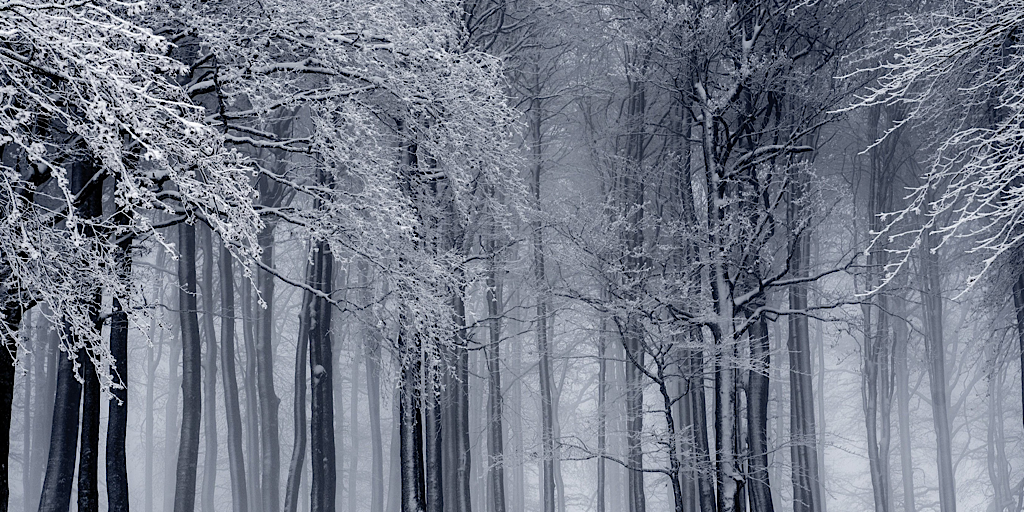
Countdown: T-Minus a Couple Hours and Counting
This is the day. It’s dark out but you’re going to get out of bed. First drink some water, then enjoy a single cup of coffee. Eat a balanced breakfast, some complex carbs, proteins, and healthy fats are great. Add sugar for taste but know it’s not needed.
Check the weather again. Try to determine the best case scenario, the worst case scenario, and the trend extending beyond your expected period on the mountain because, well… you never know. Take this info and fine tune your gear and layers. This is often difficult and doesn’t really get easier with experience (you only get it right more often). There’s a fine line between too much and too little.
Try not to drive with too many layers on so you have something left to wear when you arrive. If you can get yourself and the members of your party to do it, start on the cold side and warm as you hike together. If not, all should start comfy and de-layer ten minutes in. A lot hinges on group coordination, their ability and experience, and of course communication. Talk it out. What’s the plan?
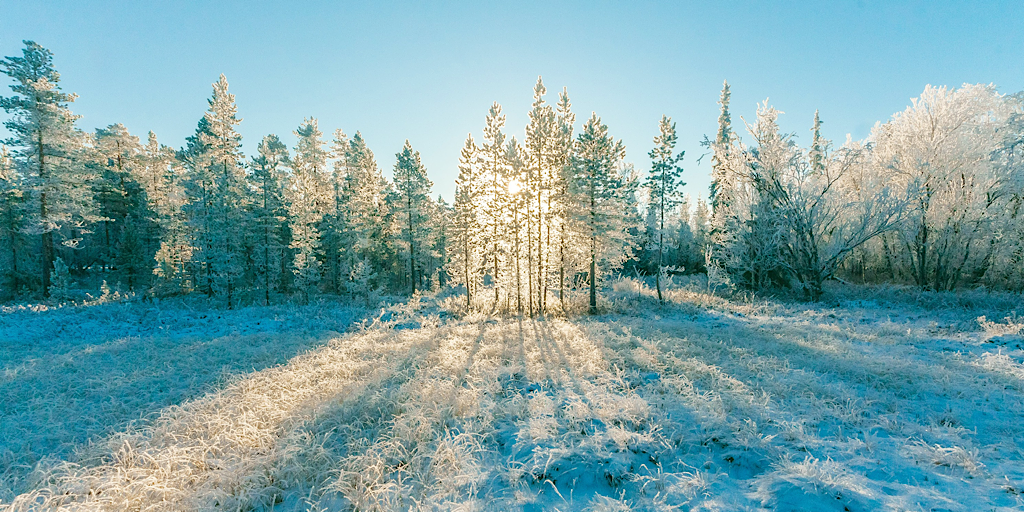
Countdown: We Have Lift-Off
Are you still here? That’s it. You’re ready. Remind yourself this will be fun so smile and enjoy the experience. You can do this. You’ve been doing everything possible to make sure this day is a successful one. Relish your winter hike!
